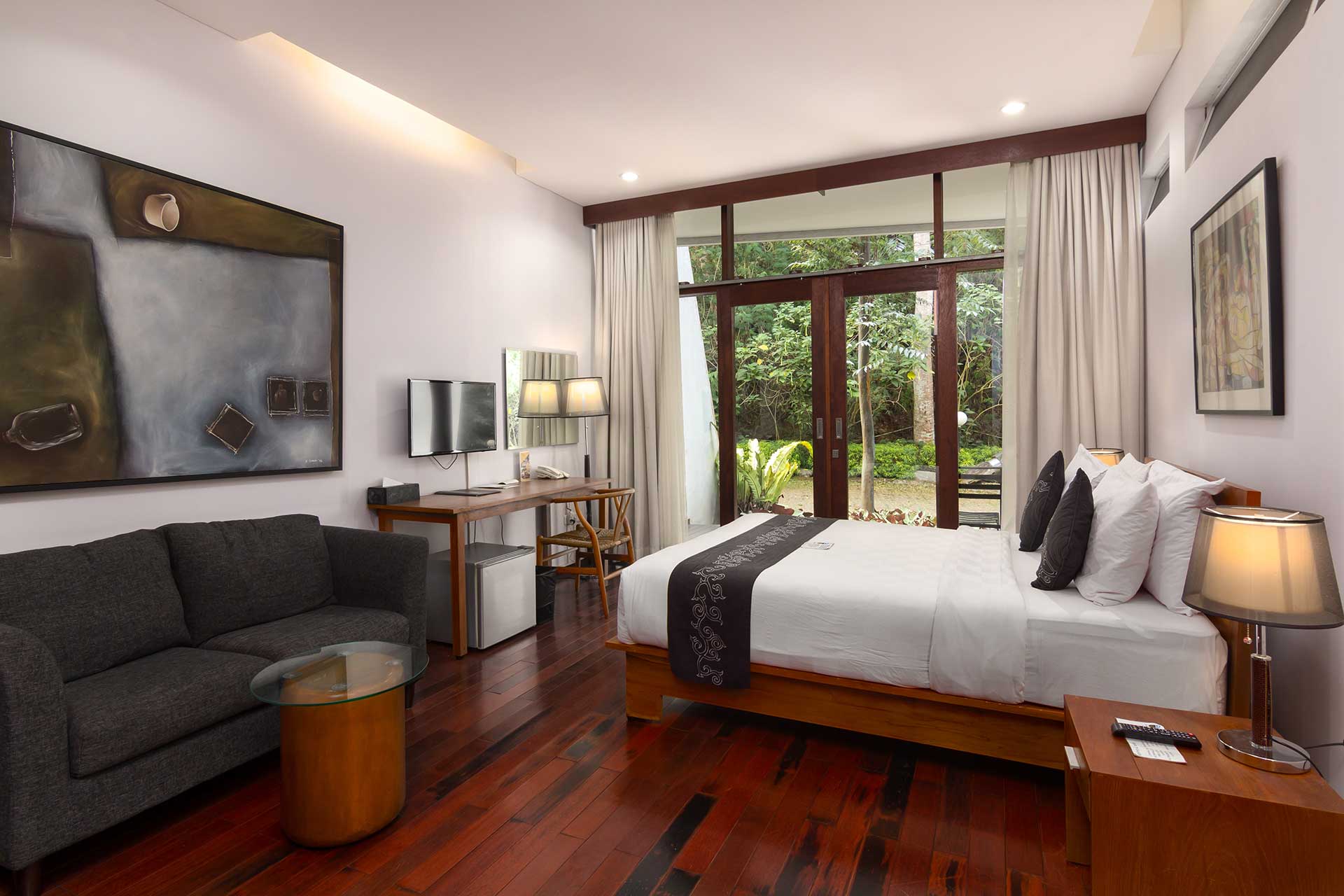Room Design and Decoration Trends in Hospitality
In the ever-evolving world of hospitality, the design and decoration of hotel rooms play a crucial role in shaping guest experiences. Modern travelers seek more than just a place to stay; they crave environments that are inviting, comfortable, and reflective of their values. As such, staying abreast of the latest trends in room design is not merely a choice but a necessity for hotels looking to attract and satisfy today's discerning guests. From sustainable practices to technological innovations and cultural authenticity, these trends are not just shaping the aesthetics of hotel rooms but also redefining what it means to create a memorable stay. Join us as we explore the cutting-edge trends that are setting the stage for the future of hospitality room design.
Sustainable and Eco-Friendly Design
In response to growing environmental awareness, hotels are increasingly adopting sustainable practices in room design. This includes using eco-conscious materials such as recycled wood, metals, and fabrics, as well as organic textiles like bamboo and linen. Energy efficiency is also prioritized with LED lighting and smart thermostat systems that optimize energy consumption.
Biophilic Design
Biophilic design integrates natural elements into hotel spaces, creating a serene and rejuvenating atmosphere. Green walls, indoor plants, and large windows maximize natural light, while wood and stone accents evoke a sense of warmth and connection to nature. Water features like indoor fountains further enhance the calming ambiance.
Smart Room Technology
Modern travelers expect total integration of technology into their hotel experience. Smart room amenities include voice-controlled devices for lighting and temperature, mobile room keys via smartphone apps, and integrated systems for entertainment and room service, enhancing convenience and personalization.
Minimalist and Functional Design
Minimalist aesthetics with clean lines and neutral color palettes dominate contemporary hotel room designs. Multi-functional furniture and open layouts optimize space, while built-in storage solutions maintain a clutter-free environment, catering to both aesthetics and functionality.
Local Culture and Art
Hotels are increasingly embracing local culture by showcasing regional artwork, crafts, and design motifs in their room design. This personalized approach is one of the rising decoration trends in hospitality that not only adds authenticity but also allows guests to connect with the destination through its unique cultural expressions and locally sourced materials.
Wellness and Comfort
Wellness-focused amenities are integral to creating a relaxing retreat for guests. Spa-like bathrooms with rain showers and luxury toiletries, alongside comfortable bedding featuring high-thread-count sheets and memory foam mattresses, ensure a restorative experience. In-room fitness options and air purification systems further promote well-being.
Bold Colors and Patterns
To create distinctive and vibrant interiors, hotels incorporate bold colors, accent walls, and statement pieces inspired by Art Deco and retro room designs in hospitality. Eclectic styles that blend different textures and patterns, from geometric prints to floral motifs, add visual interest and personality to the space.
Examples of hotels renowned for their innovative room designs include:
- 1 Hotel Brooklyn Bridge, New York: Known for its eco-luxury ethos with reclaimed materials and stunning views of Manhattan.
- Aman Tokyo, Japan: Blends minimalist Japanese aesthetics with modern luxury, offering serene interiors and panoramic city views.
- The Silo Hotel, Cape Town: Features bold, contemporary design juxtaposed with historic grain silos, showcasing local art and panoramic harbor views.
These examples illustrate how hotels can leverage design trends to create unique and inviting spaces that resonate with their guests' desires for comfort, style, and authenticity.
In conclusion, the landscape of room designs in hospitality is evolving rapidly, driven by a blend of sustainability, technology, wellness, and cultural authenticity. As hotels strive to meet the diverse needs and expectations of modern travelers, integrating these trends into their room designs becomes paramount. Whether it's through eco-friendly materials, biophilic elements, smart technologies, minimalist aesthetics, local artistry, or wellness-focused amenities, each trend contributes uniquely to enhancing guest experiences. By embracing these innovations, hotels not only differentiate themselves in a competitive market but also create spaces that resonate deeply with their guests, fostering loyalty and setting new standards for hospitality excellence. As we look ahead, the future promises even more exciting possibilities in how hotels can continue to innovate and delight guests through thoughtful and inspiring room design.

